
Heinrich “Hein” Severloh should have been a farmer. Born on June 23, 1923, in the town of Metzingen in Northern Germany, Heinrich was a man of the earth. However, in the Summer of 1941 his country called. Conscripted into the Wehrmacht, Severloh was trained as a dispatch rider and assigned to the 3d Battery of the 321st Artillery Regiment. By the Winter of 1942 he was on the Eastern Front.
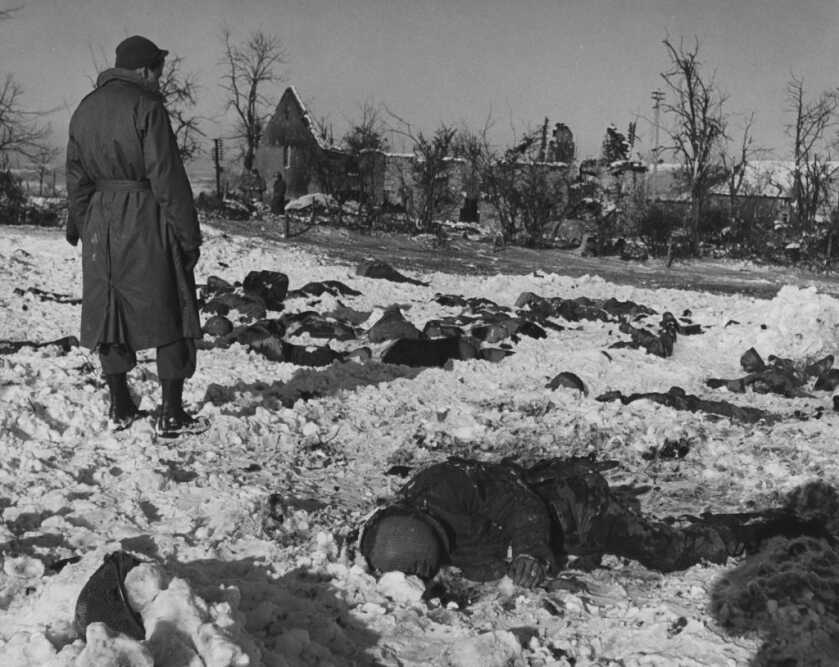
Our war was in Western Europe. D-Day, the Battle of the Bulge, Operation Husky, and the assault on the Rhine are the tales American GIs brought home. As bad as that was, however, the war in the East was something altogether more horrible. Those four years of frenetic pitiless combat saw more than 35 million dead. We honestly cannot imagine.
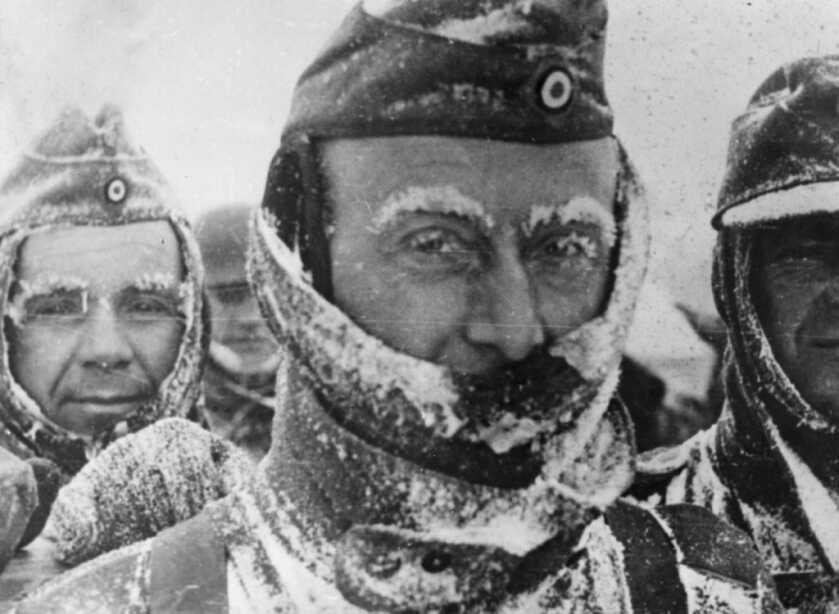
Severloh should have been one of the lucky ones. He was posted in the Division rear as a sleigh driver moving supplies. However, something unexpectedly bad happened. Severloh was accused of making “dissenting remarks” about the company cook, whatever that really means. His resulting physical punishment and some associated frostbite resulted in a six-month hospital stay. The Nazi military was a tough place to serve.

Hein Severloh received a hardship deferment to go home and assist with the annual harvest, but the exigencies of total war soon intervened. Despite his past infraction, he was posted for training as an NCO. The pending Allied invasion cut those plans short. By November of 1943, Severloh was assigned to the 352d Infantry Division tasked with the defense of the Normandy coastline.
The Killing Field

The Allies divided the Normandy beaches targeted during the D-Day invasion into Utah, Omaha, Gold, Juno, and Sword. Utah and Omaha belonged to the Americans, the British got Gold and Sword, and the Canadians took Juno. Of the five, Omaha was by far the bloodiest.

Omaha Beach is fully five miles long stretching from Vierville-sur-Mer in the west to Sainte-Honorine-des Pertes in the east. The defensive array included 8 massive concrete bunkers equipped with artillery of 75mm or larger, 35 reinforced pillboxes, 18 emplaced antitank guns, 6 mortar installations, 35 Nebelwerfer multi-barrel rocket artillery pieces, 85 well-sited machinegun nests, and 6 decapitated tank turrets set in concrete. Supporting all this were five companies of infantry.
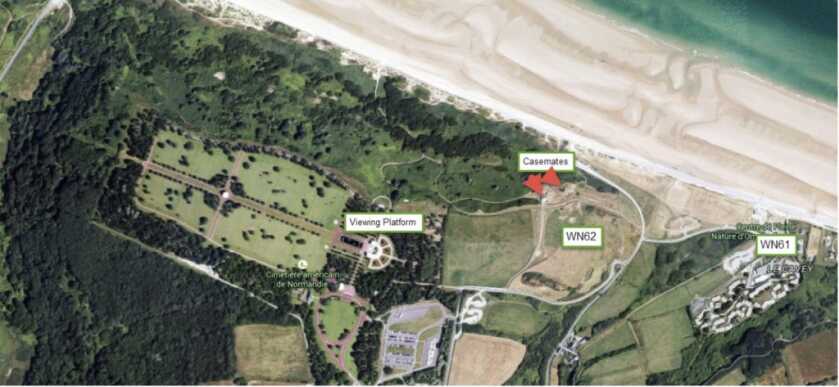
The infantry contingent was deployed in fifteen separate strongpoints called Widerstandsnester or “Resistance Nests.” These emplacements were numbered WN-60 through WN-74. Heinrich Severloh’s duty station was WN-62. Allied commanders had divided Omaha Beach into ten discrete sectors. WN-62 enjoyed a commanding vista overlooking Easy Red and Fox Green sectors.
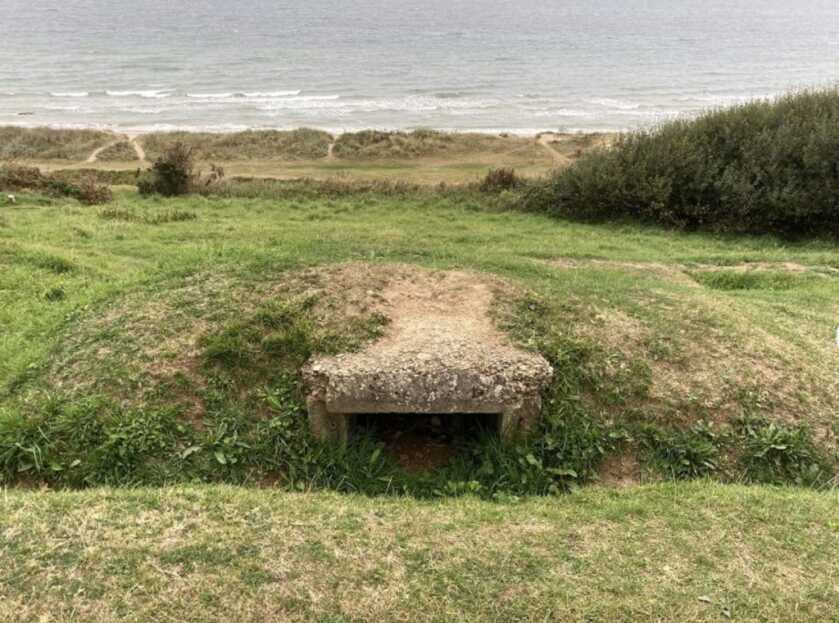
WN-62 was nearly square at 324 meters wide and 332 meters long. It was oriented between 12 and 50 meters above beach level. Severloh’s specific gun emplacement sat 170 meters from the shoreline during the tide state on the morning of June 6th, 1944. The first wave of Higgins boats landed some 450 meters distant. All this was well within the effective range of Severloh’s weapons.
Tactical Details

There were 40 German soldiers manning WN-62 at the time of the invasion. 27 Landsers were assigned to the 716th Infantry Division, while the remainder belonged to Severloh’s 352d. Their primary task was to direct the fire of the heavy 10.5cm howitzers sited some 5 kilometers inland.

WN-62 was well-designed and well-equipped for the mission ahead. There were two heavily-reinforced concrete casemates. One included a 50mm antitank gun, a 75mm artillery piece, a brace of 50mm mortars, a twin MG34 antiaircraft mounting, and a pair of obsolete Polish water-cooled machineguns. A final 50mm gun was sited to the rear. The other casemate had apparently not yet been fully outfitted. The entire facility was liberally protected with barbed wire and antipersonnel mines.
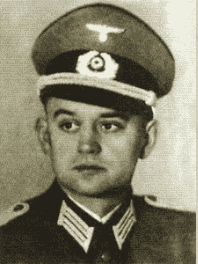
Gefreiter (Corporal) Severloh’s specific job was as an orderly for First Lieutenant Bernhard Frerking. 1LT Frerking’s mission was coordinating artillery support. In the chaos that ensued Heinrich Severloh found himself behind an MG42 GPMG (General Purpose Machinegun).
The Fight

Pre-invasion preparation of the landing beaches via air support and naval gunfire had been most liberal. However, the combination of the innate inaccuracy of these systems and the exceptional effectiveness of German preparations meant that most of the German defensive combat power remained intact. The first American troops hit the beach at 6:30 in the morning.

I had a friend who was there. He was a member of the 5th Ranger Battalion assigned to the 116thInfantry, and he hit the beach in the first wave. It was his specific unit that was depicted in the Steven Spielberg war epic Saving Private Ryan. Though he told me numerous stories about his experiences during the war, he never elaborated on D-Day. He did admit just before he died at age 84 that he still had nightmares about that horrible morning.
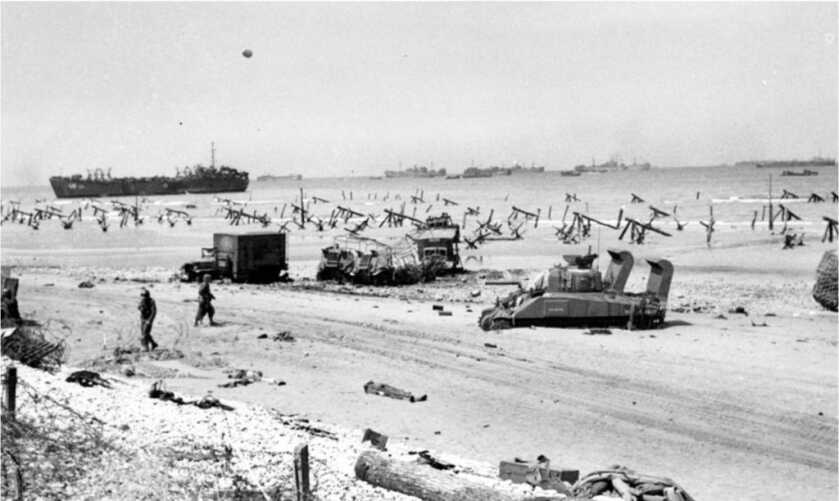
Ten Higgins boats were swamped in the initial assault. All but two of the amphibious Sherman DD (Duplex Drive) tanks that were supposed to support the initial attack floundered and sank. By the time the American assault troops made it to the beaches they were severely seasick and utterly terrified. Once the ramps dropped and the Allied grunts poured onto the beaches, Gefreiter Severloh went to work.

Severloh was armed with his MG42 and two bolt-action Kar98k rifles. A German NCO he did not know ran back and forth between his firing position and the nearby ammunition storage bunker to keep him supplied. Severloh ran his machinegun and those two rifles from 0630 in the morning until 1530 in the afternoon.

Severloh later reported that he burned through 13,500 rounds of belted 7.92x57mm ammunition in his MG42 and another 400 through his two rifles. Of the 34,000 American troops who landed on Omaha Beach, some 2,400 were killed, wounded, or declared missing. By the end of the day US forces had moved 1.6 miles inland, but it came at a horrible cost.
The Gun
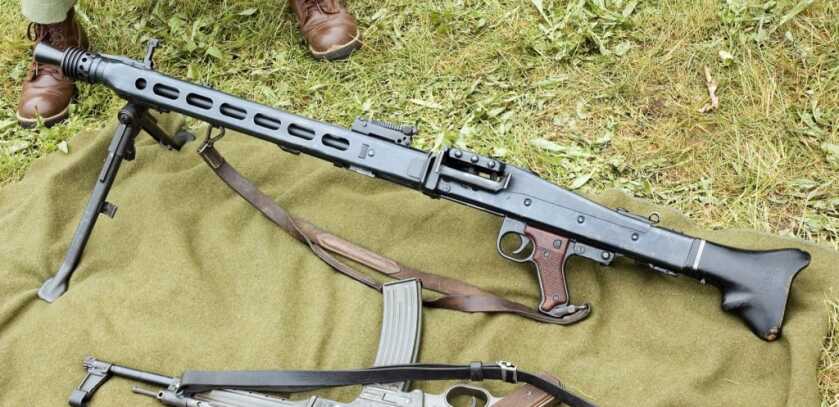
The MG42 has been described as the finest GPMG of World War 2. German troops frequently called it the “Spandau.” Allied forces referred to the weapon as “Hitler’s Zipper” based upon the ripping sound it made when fired.

The MG42 was an evolutionary development of the previous revolutionary MG34 GPMG. The engineers who first imagined the MG42 had previously produced pressed steel railway lanterns and had never before designed a firearm. This meant they came to the table with no preconceptions. Dr. Werner Gruner attended a German Army machinegun course and conducted extensive interviews with Wehrmacht troops before designing a pressed steel weapon that was to become legendarily reliable and effective.

Where the MG34 represented a breathtaking exercise in precision industrial machining, most of the MG42 was formed from inexpensive stamped steel components spot welded in place. The action was a roller-delayed blowback that has since seen much success in the HK MP5 and G3 weapons. This mechanism is both easy to produce and unusually reliable. The MG42 cycled at 1,200 rounds per minute. By contrast, the American M1919A4 was roughly half as fast.

German doctrine held that targets on the modern battlefield would be fleeting. Dr. Gruner therefore envisioned a weapon that would put the maximum number of rounds on target in the minimum amount of time. While keeping such a weapon fed in action was a Gordian challenge, there is no disputing the MG42’s effectiveness.
The Rest of the Story

Later in the afternoon, Gefreiter Severloh retreated to Colleville-sur-Mer along with comrades Franz Gockel and Kurt Warnecke. They surrendered to advancing American forces the following day. Severloh’s commander, 1LT Frerking, died in place alongside more than 4,000 of his fellow soldiers.

Severloh was shipped to Boston and then to Florida as a POW but was subsequently moved to Bedfordshire, England, in December of 1946. While imprisoned there he was utilized in road construction. Severloh’s father wrote to the British authorities requesting his release so he could help with the harvest on the family farm. Hein Severloh returned to Germany in March of 1947.
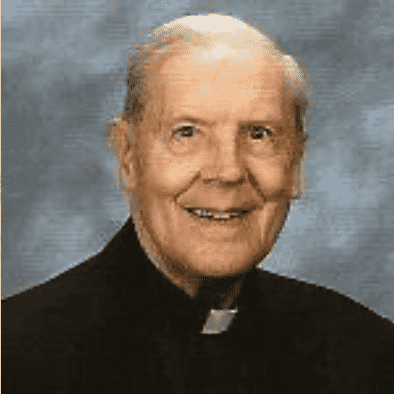
Cornelius Ryan’s book The Longest Day has long been considered the seminal commercial work on the D-Day invasion. Years after the war, Heinrich Severloh read the book and learned of an American chaplain named David Silva who took three rounds to the chest during the invasion of Omaha Beach but survived. In the 1960’s Severloh contacted Silva, and the two men began a most curious friendship.
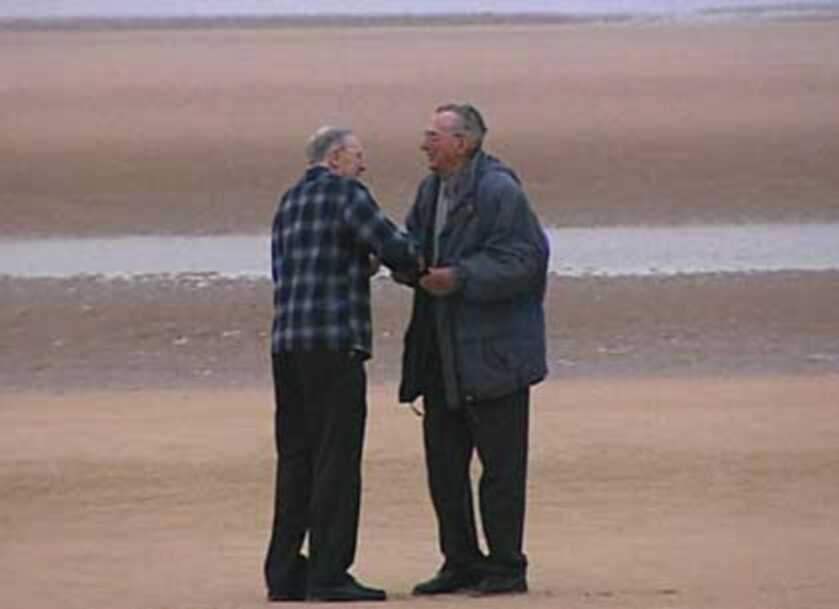
Severloh and Silva met multiple times, to include during a 2005 reunion of combatants on the D-Day beaches. In 2004 filmmaker Alexander Czogalla created a documentary movie about their relationship titled “Mortal Enemies of Omaha Beach–The Story of an Unusual Friendship.” In 2000 Severloh published his own memoir of his wartime experiences.
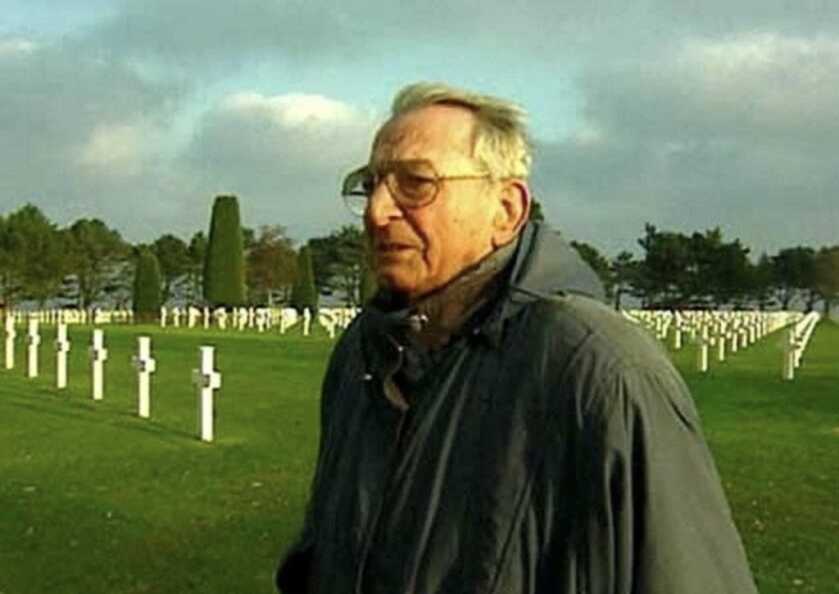
During a subsequent 2004 interview while talking about the men he had killed on D-Day Severloh stated, “It was definitely at least 1,000 men, most likely more than 2,000. But I do not know how many men I shot. It was awful. Thinking about it makes me want to throw up.”

While these numbers are obviously not accurate through the lens of history, Severloh can be forgiven his mistake considering the extraordinary circumstances. Heinrich Severloh died of natural causes in Lachendorf, Germany, at age 82. Severloh’s wartime experience and subsequent fellowship with his enemies stands as a powerful story of redemption.


D-Day; Omaha beach; 1st wave. My mother told me her cousin was an Army medic killed on the beach. She said he was only 17.
I’ve heard stories that medics were advised to remove their helmets, or cover-up the identifying insignia on them, as the red cross on a white background made an excellent target to sight-in on for the Germans.
Nice guys, those Germans.
The history books usually just record the battles, outcomes, tactics & strategies, and statistics. Rarely do any touch on the day-to-day hardships & sufferings of the troops.
I worked with a Green Beret, who was a Vietnam vet. When I asked him what his most lasting impression of the combat he experienced was, his answer surprised me. As a shooter, it was something I had always wondered about after being exposed to gunfire, at times, without the benefit of hearing protection. He told me it was the tremendous level of noise from gunfire and explosions. Don’t know why more vets aren’t stone deaf.
Very interesting article. I grew up in a German community and had close family friends with the last name Frerking. I relayed this article to them and they are now doing research with their family in Germany.
I can never completely appreciate how terrible fighting in a war is, having never done it. But I did experience it somewhat through my Father’s reaction to his experience. He landed on D-Day and fought until they reached Germany. He would not talk about it. He said that talking about it would bring back the memory of the experience and it was just too painful to remember.
It’s not just that they fought for our freedom it is also that, when they didn’t die, they have to suffer for it. Sometimes for the rest of their lives. My Dad’s feet were frozen on their way to Germany. His toes were never normal because of it. And the memory of the war was always there just below.
One of the best Will. Why do men go to war? I was in the 254 Combat Communication Group. 67-73.
It is always interesting to me to read about those who served on the enemy’s side, not to glorify what they did, but to get their thoughts on what they did.
Dr. Dabbs, you are one of the best out there writing on firearms, war, or whatever. It’s a lot of work, but your readers appreciate the effort you put into each story. Hope you keep it up for a long time to come.
P.S. – You chose the right airplane to enjoy, the RV6A. I had a friend who was building one. He was about 80% done (but still 80% to complete!) when he unexpectedly passed away at age 72. Hal trained as an F-101B interceptor pilot, but the AF assigned him to fly low and slow over the jungles of Vietnam for a year as a forward air controller in an O-2A. After Vietnam, he left the AF and joined the Illinois Air National Guard flying KC-135 takers. At the start of the 1st Gulf War, Hal was in charge of air-to-air refueling as the US moved aircraft across the Atlantic. He went on to serve as a base wing commander and retired as the Assistant Adjutant General and commander of the Illinois Air National Guard. Hal was one of the most humble people I have ever known. His final act of humility, was to be buried in his everyday flight suit. I suspect you and Hal would have had a great time visiting one another had the opportunity presented itself. PSS – In the 6+/- years before he passed, Hal was beginning to take a great interest in firearms.
Excellent story, thank you for sharing it with us….God Bless you and all you Patriots out there.
Excellent and well written article. Every year for the last five years, on both Memorial Day and D Day, I have made an attempt to give those brave men and women who fought and died my full attention on those days. I start in the morning by putting out my flag and say a prayer of gratitude to all of those that these days were set aside. For the rest of the day I go to a cemetery, read articles, watch documentaries to include the National Memorial Day Concert. Doing this has brought me closer to these men and the horrors they saw and endured. While most of what I’ve read has been informative, I realized after reading this that most of what I’ve read up to this point was tactical and not so much personalized as is this great article.
Thank you so much for this story.
Great article, war is hell!
Dr. Dabbs, this is an excellent and touching article. I appreciate the factual details, as well as the sad points about the ultimate futility of war. What may be so necessary at the time, appears so tragic soon afterward.
An absolutely excellent article, Will. Thanks for highlighting the humanity of the common soldier. Throughout history, there are numerous examples of soldiers who were once enemies, but later became friends. Following the Civil War, a Confederate soldier and Union soldier who had each lost the opposite leg, met while looking for shoes.
Providence had seen that both men needed the same size shoe (just for the opposite foot). Thereafter, they met at least yearly to purchase and split a pair of shoes. Even in the midst of conflict, warriors sometimes find their innate humanity cannot be denied. Temporary truces to remove the wounded, or even observe Christmas are obvious examples.
In battle, opposing grunts can seldom dwell on the politics and politicians that started the war in the first place. Yet somehow they recognize that they’re fighting for the very same thing… life, and the lives of their fellow soldiers.